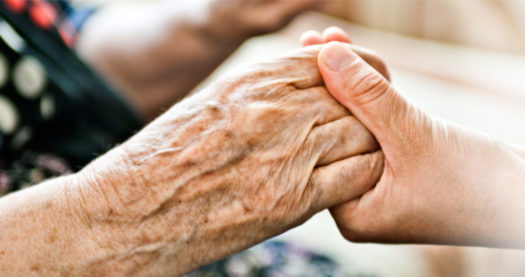It is important for readers to know that both my grandmother and my mom owned and operated a private nursing home in East Texas. I grew up with an understanding of these places and saw how a well run facility functions and looks. I learned what inspectors want and do not want to see. The industry has changed substantially in recent decades. Most of the changes have been through increased regulations and the fact that very few facilities are private-owned anymore. They are part of a corporation, hospital, or chain. They are profit-driven. It would not be a stretch to say that a large number only do the minimum amount needed to pass state standards in order to keep getting Medicare or Medicaid. There a few good ones, but even the best have their issues.
Below is a checklist you can print out and take with you, if you ever find yourself in the position of making a decision to move yourself or a loved one into a skilled nursing facility, retirement home, assisted living facility, memory care facility, acute rehabilitation hospital, or a nursing home.
Checklist for Evaluating a Nursing Facility or Assisted Living Facility

There are three key things I would suggest you keenly observe during your tour:
- Are there plenty of common areas for socializing and activities? Are they occupied with patients, care-givers or hospitality personnel? What are they doing? Do the patients look like they are having a good time? I would even find a person who lives there that might be willing to talk to you. Ask them if they like living there. Listen to what they have to say. If they have a visiting family member present, ask them about their experience.
- As you are walking down the halls, observe the cleanliness of the rooms, floors, and common areas. What does it smell like? It is normal to run across bad odors sometimes, but not everywhere or all the time. Cleanliness and avoiding “a hospital smell” was always important to my mom in her nursing home. She made sure the floors were spotless and shined.
- As you go by the nurse’s station, listen for whether the button calls from patients are being answered timely. If you hear constant buzzing that is not being answered within a couple of minutes, that is a sign that there is a slow response to needs. Most facilities have lights above the doorways into the patient rooms. If these lights are lit, it means they have pushed the call button and are waiting on someone to respond. Observe how long they stay lit.
There a many other things of which you should inquire and observe, but if you see problems in any of these three things, I would give it great consideration in your decision. Other things would be:
- Menu/Food – Is it nutritious and tasty? Do the patient’s get a choice?
- How many caregivers per patient?
- Observe the rehabilitation area. What kind of equipment do they have? How many therapists? How much time per day do they spend with patients?
- What are the residents doing? Are they active and participating or just sitting in their chairs sleeping or unattended?
The next post will go over what happens after you pick a place and guidelines for getting the best possible care for yourself or loved one.


These are great tips. My husband’s father is almost 90 years old and we have had to place him in rehab twice due to injuries incurred as a result of falls. He has also been in assisted living. He is at his home now, but there is a noticeable decline that I attribute to a lack of social interaction. Keep up the good work Kim. This is an area that so many are or will be facing.